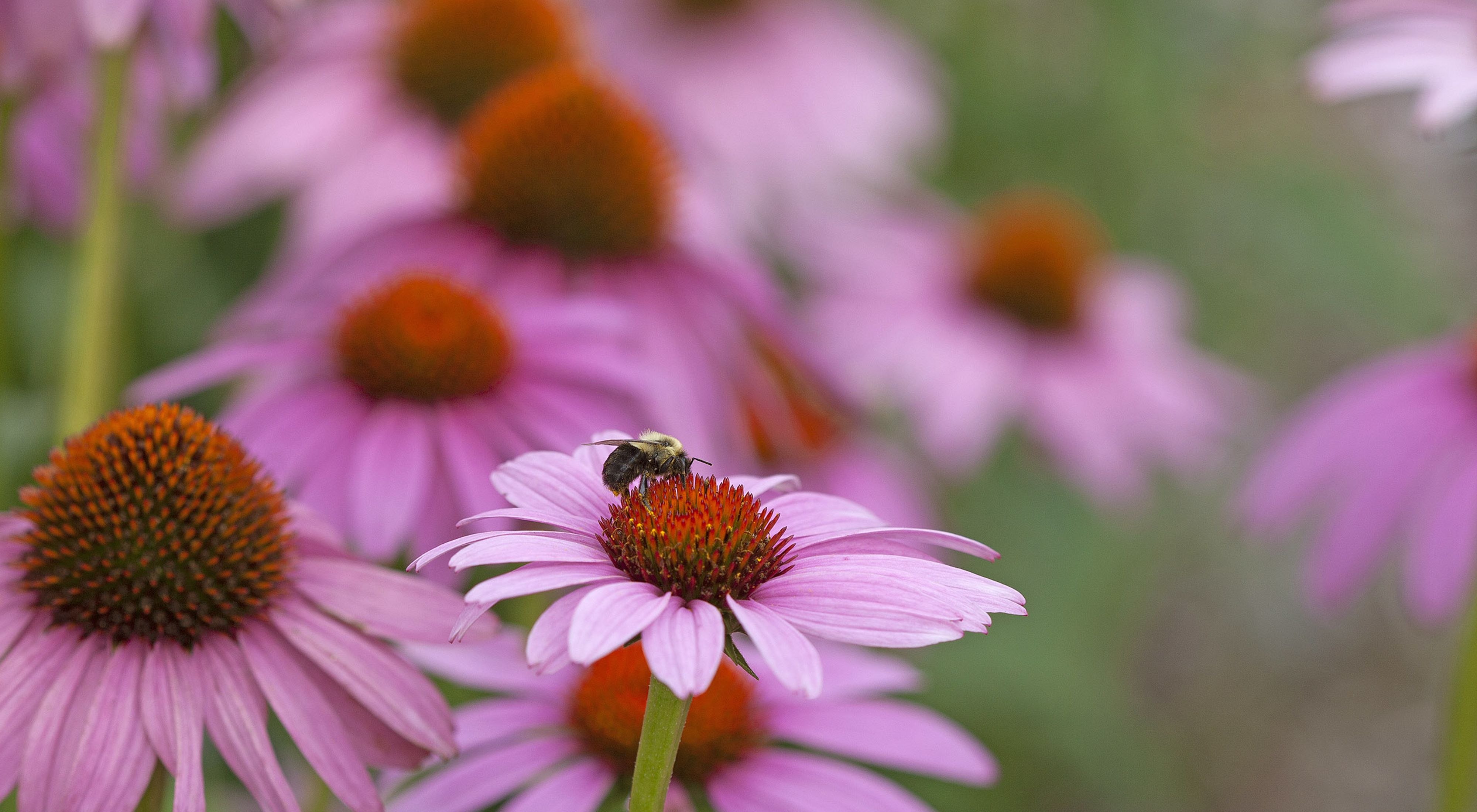Insect Conservation Protects Biodiversity
How The Nature Conservancy is protecting biodiversity and ecosystem resiliency through insect conservation
Insects—or bugs as we often call them—create a healthy foundation for nearly every ecosystem on Earth. Unfortunately, recent studies have shown a drastic decline in the populations of many insect species. While insect conservation initiatives have been historically scarce, media attention around population plummets has created newfound interest in their conservation. Learn more about why insects matter and how The Nature Conservancy (TNC) is helping to protect our littlest wildlife and the lands on which they thrive.
Why We Need Insects
Insects provide $57 billion in annual economic value each year in the United States alone. An estimated three-quarters of our flowering plants rely on insect pollinators for reproduction, which means the loss of these animals could shatter the integrity of our agricultural systems. But while benefits to agriculture through pollination and pest control account for much of their economic value, insects are busy at work supporting the very foundation of systems that sustain us day in and day out in ways we cannot easily calculate.
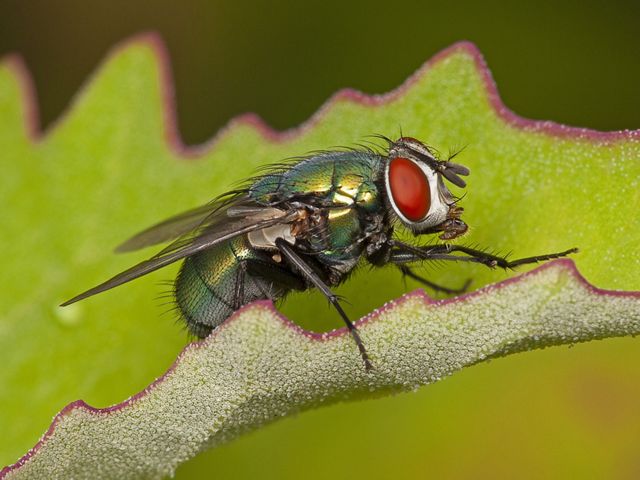
Ecosystem stabilization, energy and nutrient transfer, plant pollination and reproduction, providing food sources to other wildlife, food web stabilization and soil aeration are just a few of the irreplaceable benefits these small animals deliver. Even insects we often consider pests provide invaluable services. Termites, cockroaches and blow flies, for example, help decompose dead and decaying organic materials, while mosquitos and caterpillars are vital food sources for so many other organisms. Every insect has an important role to play in the global ecosystem and loss of even just a few species could have devastating effects on biodiversity.
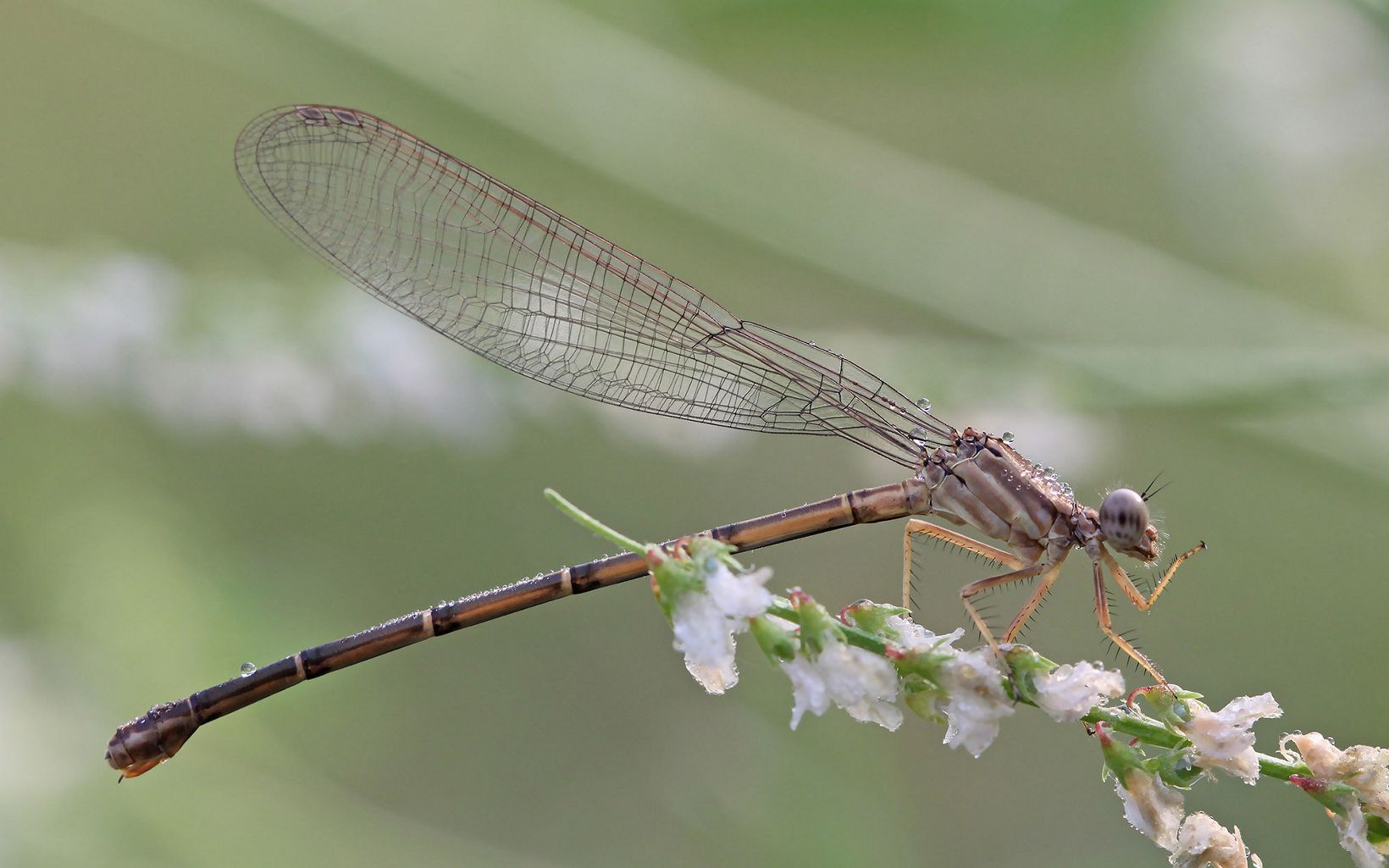
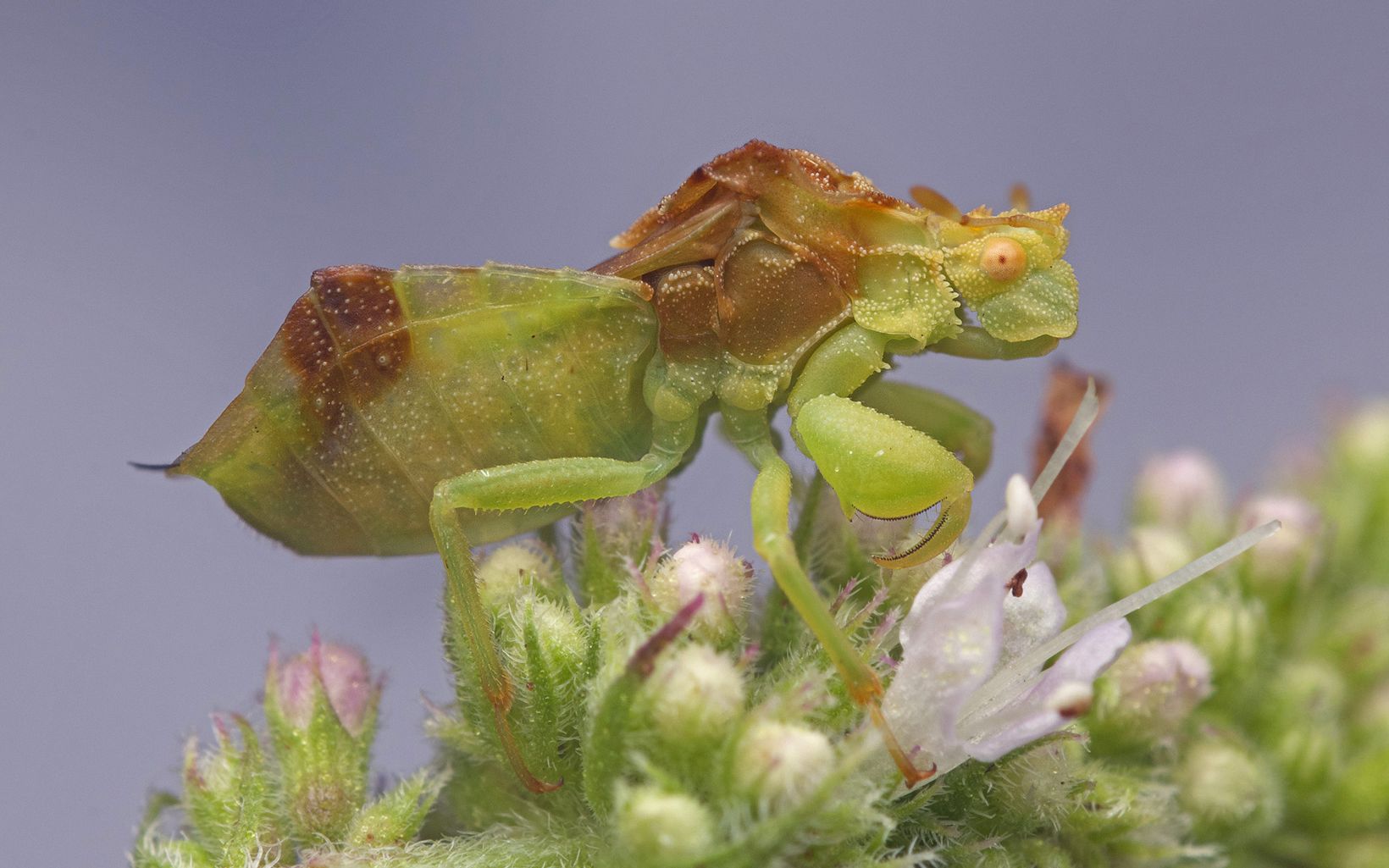
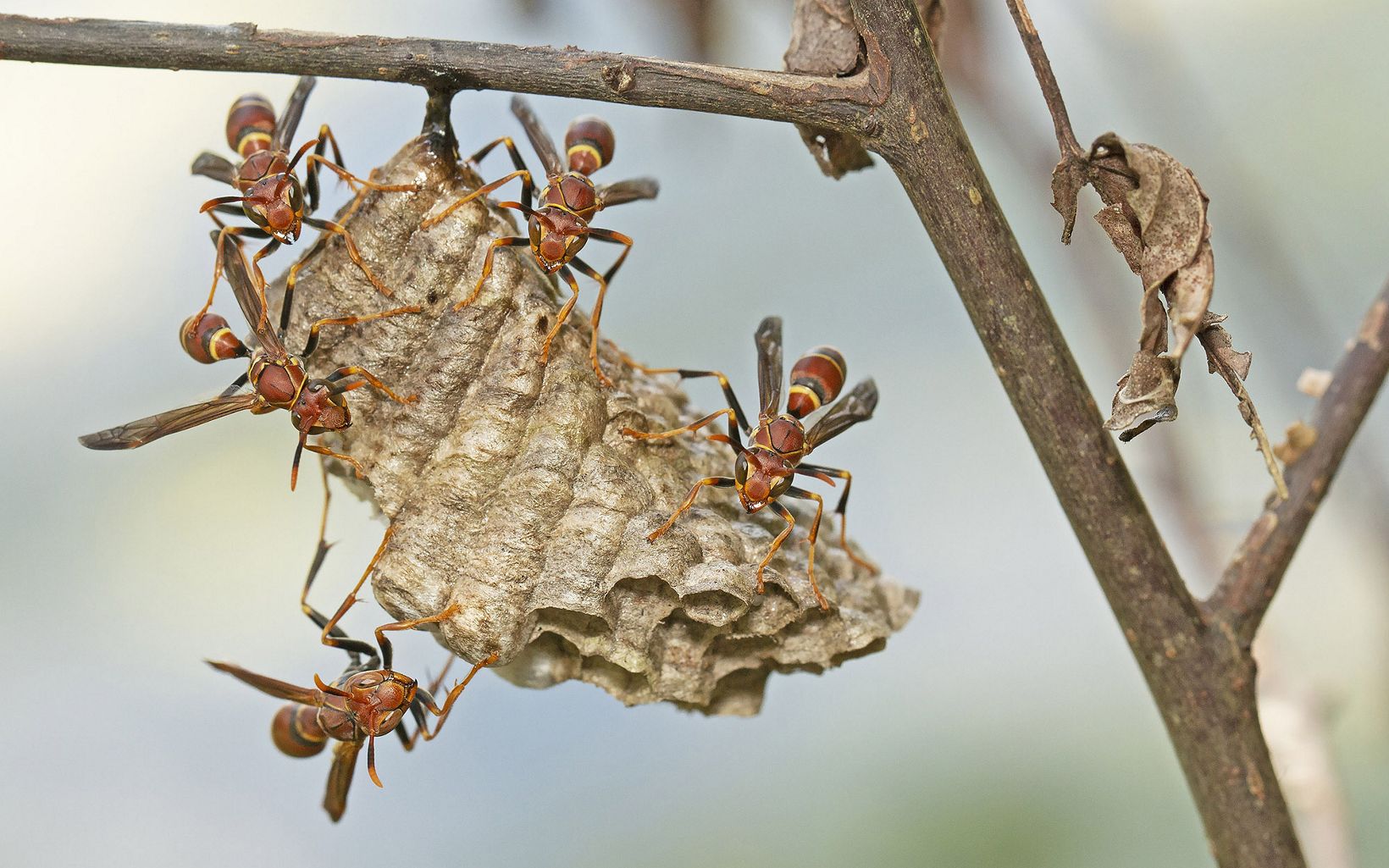



Loss of Biodiversity
Since 1970, the world has experienced a significant and documented decline in many species. Loss of insects, however, has been largely overlooked as there simply aren’t enough scientists to effectively study all known species of our six-legged wildlife. After all, there are nearly one million described species of insects in the world. Nevertheless, studies have shown evidence of insect population declines that may rival the declines we’ve seen in other wildlife.
One 2019 study on butterfly populations in Ohio revealed a population loss of 2% per year over the last 21 years, for a cumulative loss of 33% in butterfly abundance in the state. Studies conducted in pockets around the world show similar trajectories in insect decline. A 2017 German study estimated a 75% reduction in flying insect biomass over the last 27 years. Another German study revealed drastic loss of butterfly populations over the last two centuries, from 117 species in 1840 to just 71 species in 2013. And these studies are leading to a greater awareness of the interconnectedness between insects and other plant and wildlife species.
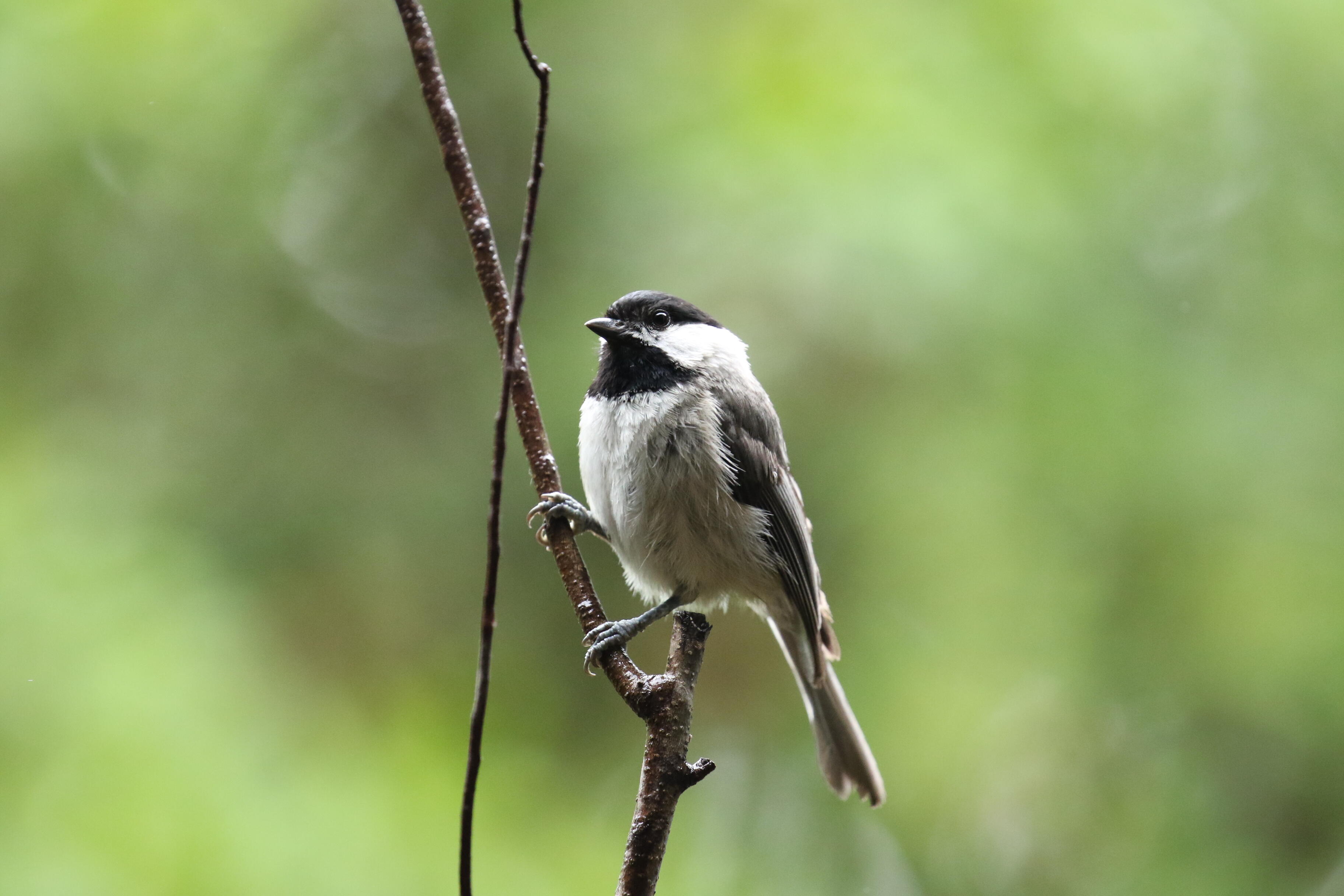
Birds Need Bugs
A nesting Carolina chickadee will collect more than 400 caterpillars per day to feed her growing brood. When habitats fail to support caterpillars (and by necessity moths and butterflies), they also fail to support birds that rely on caterpillars as a primary food source for growing offspring. Unfortunately, we’re already experiencing the failure of our landscapes to support birds and other wildlife due to insect declines as evidenced in one North American study that attributes declines in insect-eating birds to falling populations of flying insects.
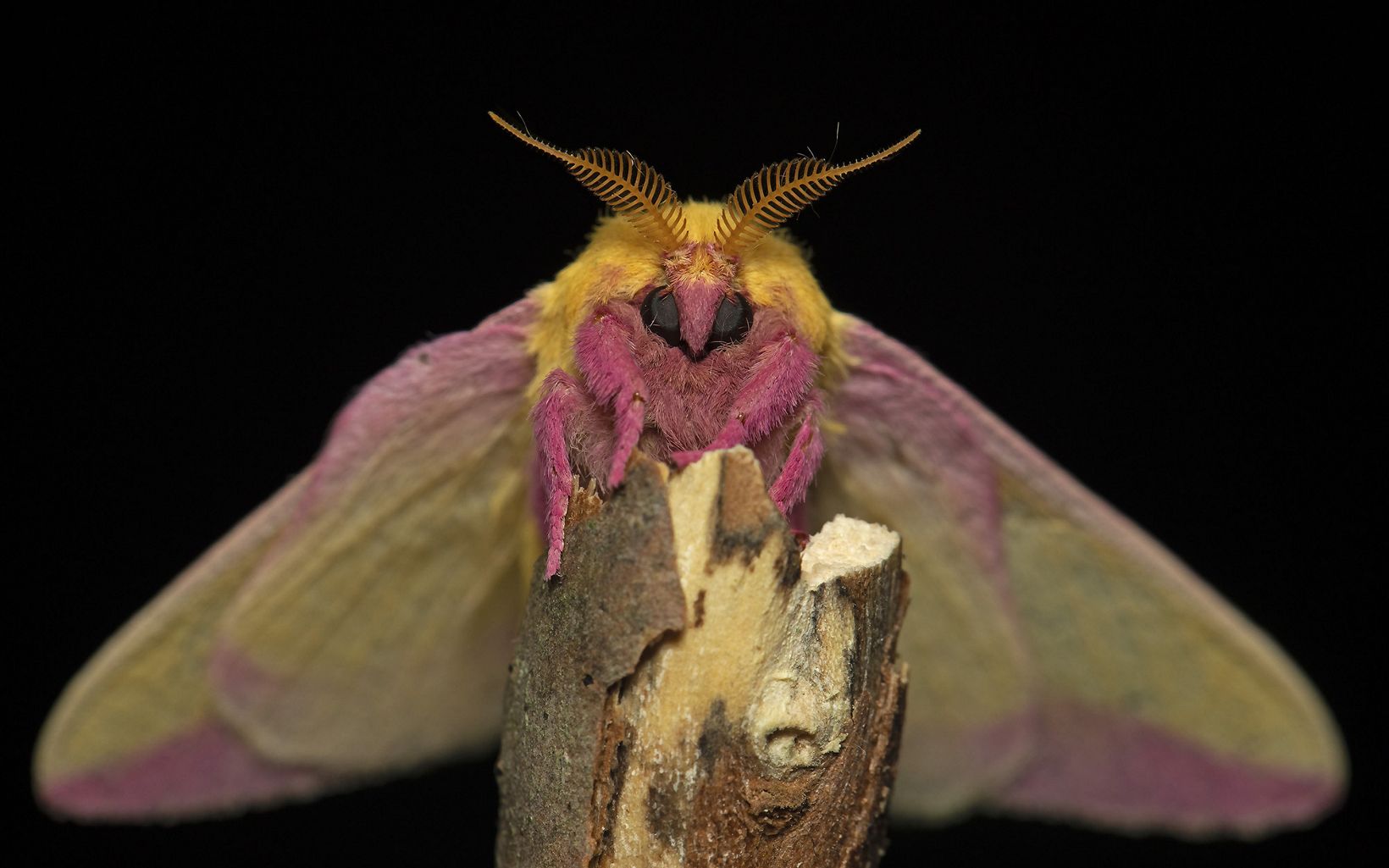
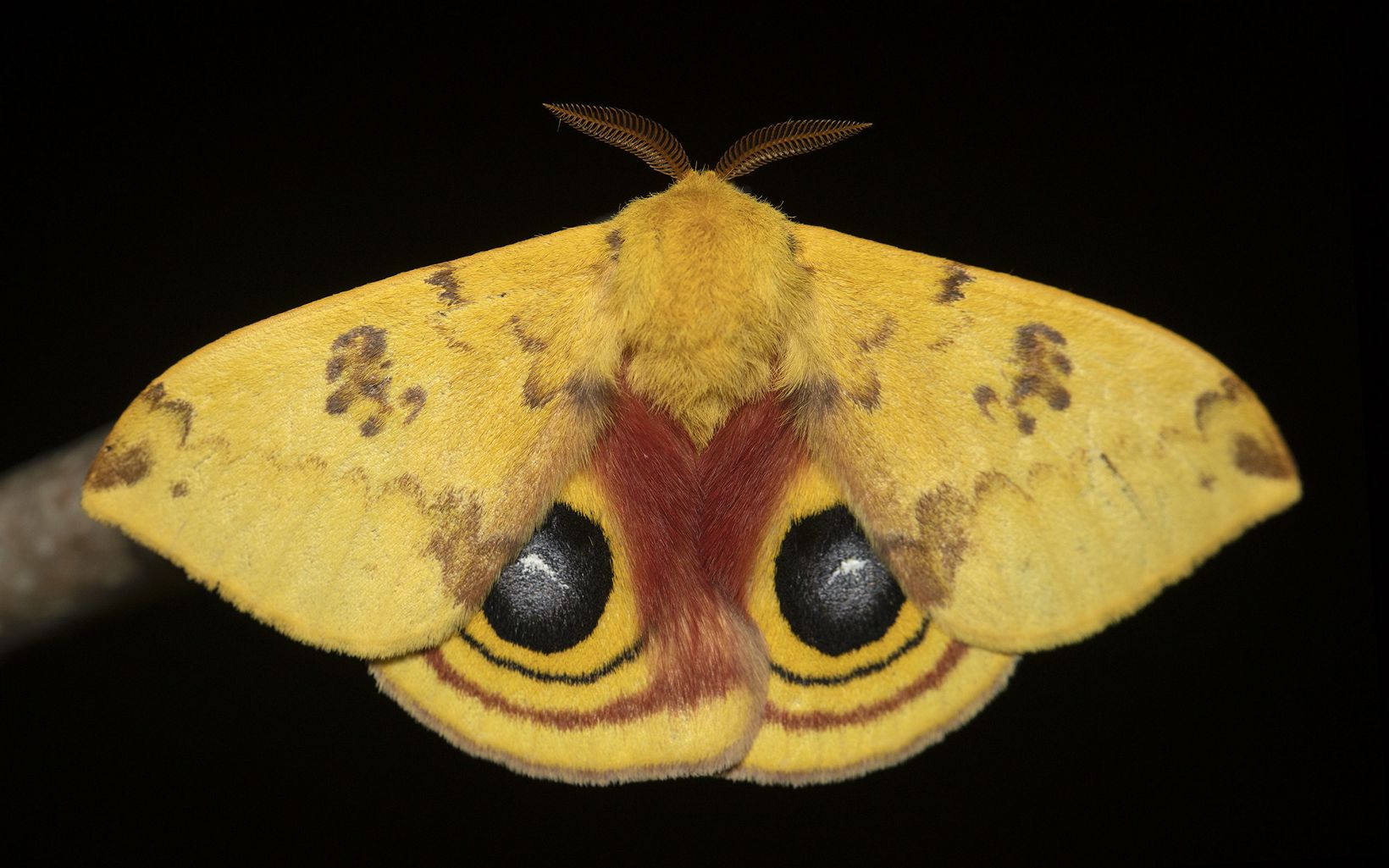
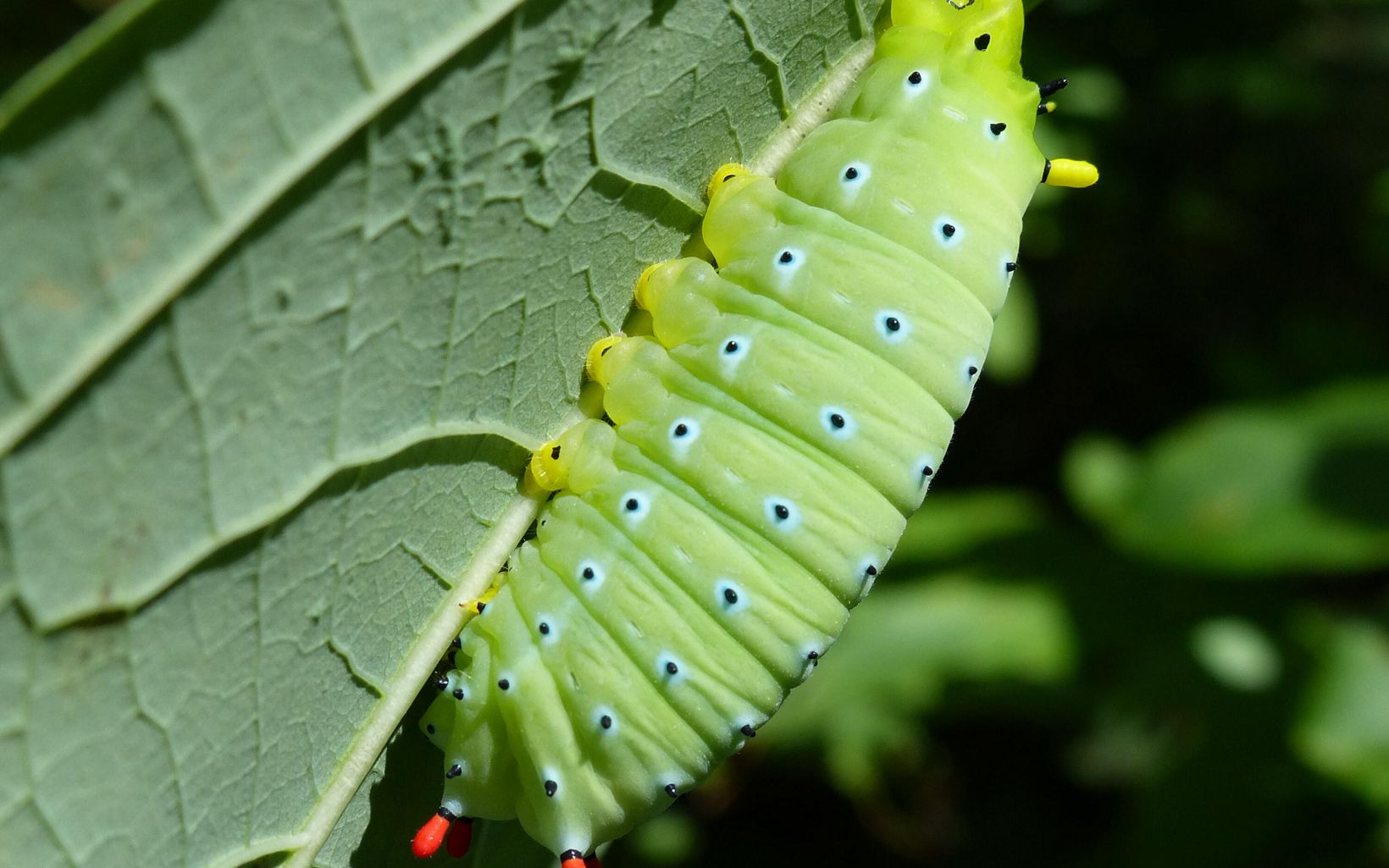
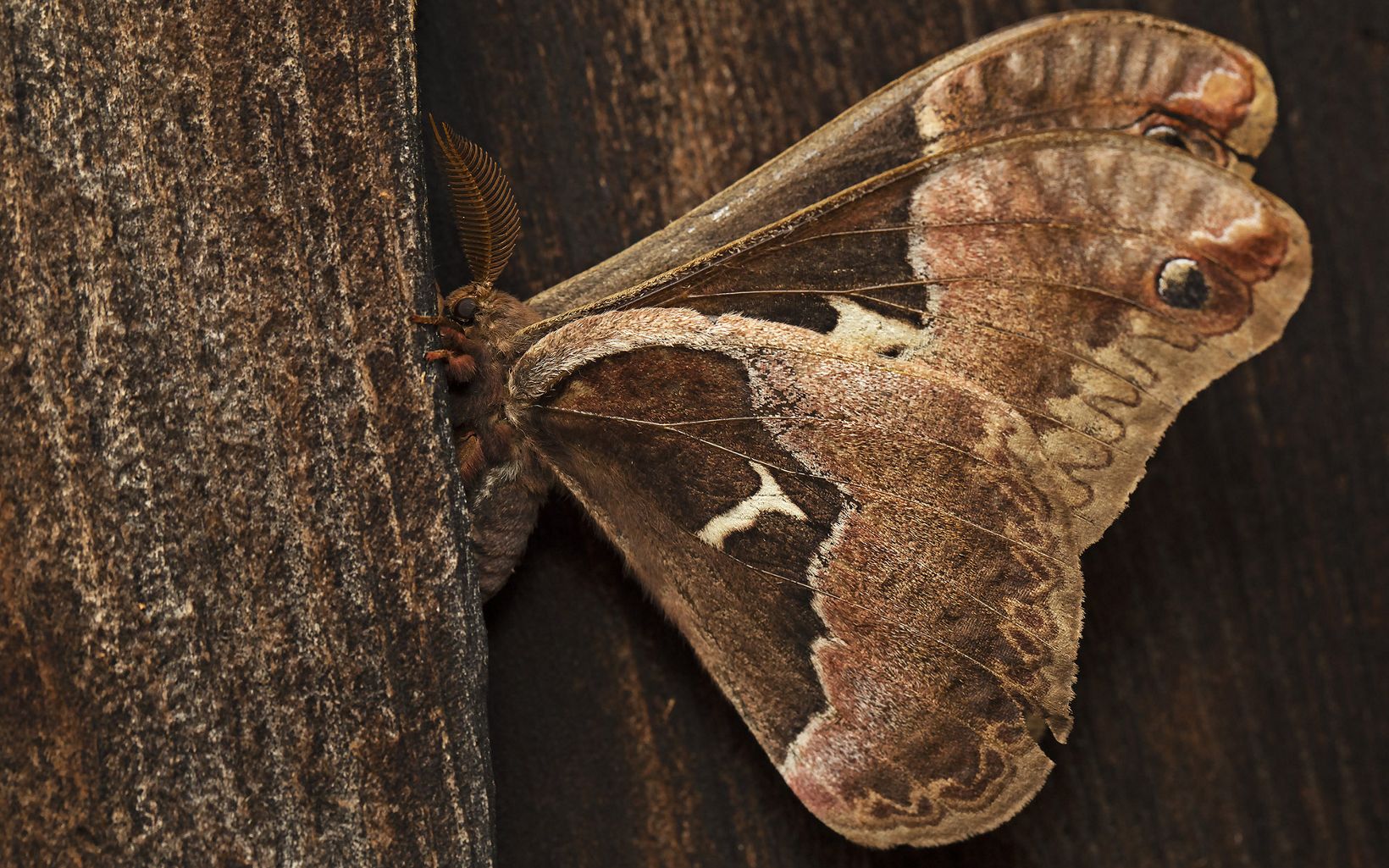




Healthy natural areas maintain a balance of predator-prey relationships that have evolved over millions of years. External disturbances like habitat fragmentation and the introduction of invasive species throw off that balance in unimaginable ways. We are only just beginning to understand some of these chain-reaction effects.
The Complex Factors Behind Insect Loss
Many factors contribute to the loss of insect biodiversity and biomass. Habitat fragmentation, intensive agricultural practices, pesticide use and climate change all contribute to the decline in insect populations. Other major sources of loss include the rise of invasive species and light pollution. These issues are often intertwined, creating feedback loops that magnify environmental issues in complex ways.
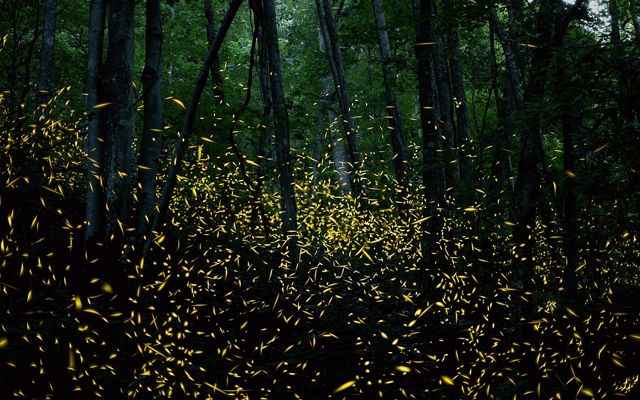
How TNC Is Helping
Fortunately, the United States has recently committed to the goal of conserving, protecting or restoring 30% of the nation’s lands and waters by 2030, also known as “30x30.” TNC understands the importance of even our smallest wildlife, with biodiversity protection playing a central role in TNC’s mission since our founding. Our science and experience have resulted in meaningful, lasting conservation successes, and 30x30 is a natural extension of that mission. As part of this initiative, TNC staff and volunteers are helping to create healthier habitats for insects and other wildlife through a variety of conservation practices including invasive species management, creation of wildlife corridors and mimicking natural disturbances like fire.
Insect Conservation Projects
Learn more about how our conservation projects are helping restore and protect land and water in ways that support insects.
Karner Blue Butterfly in Ohio
The Karner blue butterfly (Lycaeides melissa samuelis) is an endangered insect whose historical range included oak savanna and pine barren ecosystems in a swath of land from eastern Minnesota that extended eastward to the Atlantic seaboard. Today, the range is much smaller, including only portions of New Hampshire, New York, Michigan, Wisconsin, Ohio, Indiana and Minnesota. Karner blue butterflies are insect specialists. Caterpillars of the species feed only on wild blue lupine (Lupinus perennis). As populations of wild blue lupine have declined due to land development and lack of natural disturbances like fire and grazing (which support plant growth and flowering), populations of the small blue butterfly have also dwindled, resulting in the butterfly becoming federally listed as an endangered species in 1992.


Since 1998, The Nature Conservancy has been working to conserve wild blue lupine and the Karner blue butterfly at the Kitty Todd Preserve in the Oak Openings region of Northwest Ohio. Management practices like controlled burns and routine mowing inhibit woody plant succession and maintain the habitat of the Karner blue. In 1998, Kitty Todd Preserve became the first location for the reintroduction of the endangered butterfly. Today, Kitty Todd Preserve supports more than just the Karner blue butterfly. Home to the highest concentration of rare species of any preserve in Ohio, the unique habitats of Kitty Todd help support and maintain biodiversity. Badgers, spotted turtles and a variety of plant species including prickly pear cactus, dense blazing star and fringed gentian are just a few of the rare species you might find at this preserve.
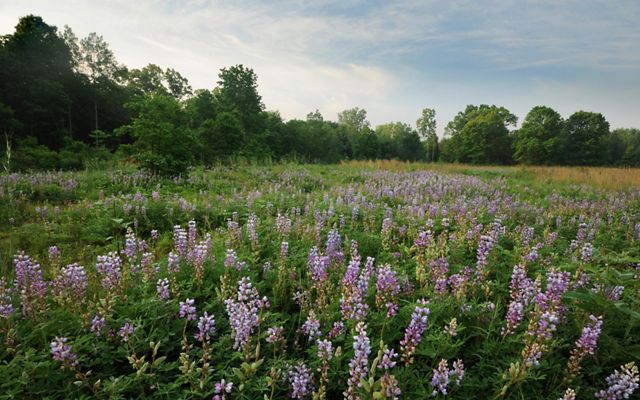
Explore More
To learn more about our work at Kitty Todd and other preserves in Ohio, visit our Places We Protect in Ohio webpage.
Blazing Star Borer Moth in Michigan
Like the Karner blue butterfly, the blazing star borer moth (Papaipema beeriana) is an insect specialist. Caterpillars of this small brown moth use only blazing star (Liatris), which thrives in relatively undisturbed prairie habitats, as a host plant. As habitat for the moth has declined throughout its native range, so too have the moths. Today, the insect is listed as endangered in Ohio and as a species of concern in Michigan. But TNC is working to change that.
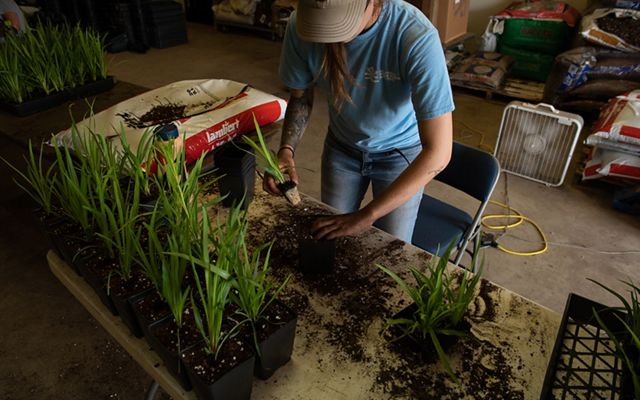
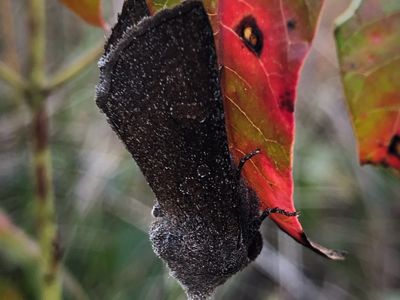
Thanks to grants from the U.S. Fish and Wildlife Service, conservation staff are restoring dense and rough blazing star in the Oak Openings region of southeast Michigan with the hope of helping the blazing star borer moth thrive. In 2020, staff planted 2,000 blazing stars on six sites with another 2,000 planted in 2021. These early restoration efforts have proven successful, with staff observing 49 individual blazing star moth borers in fall 2020. Having been rewarded additional funding, staff will continue their restoration efforts by planting an additional 2,000 blazing stars in both 2022 and 2023, for a total of 8,000 plants planted in just four years. Blazing stars support a variety of other wildlife species including bees and butterflies, making this project widely beneficial for biodiversity.
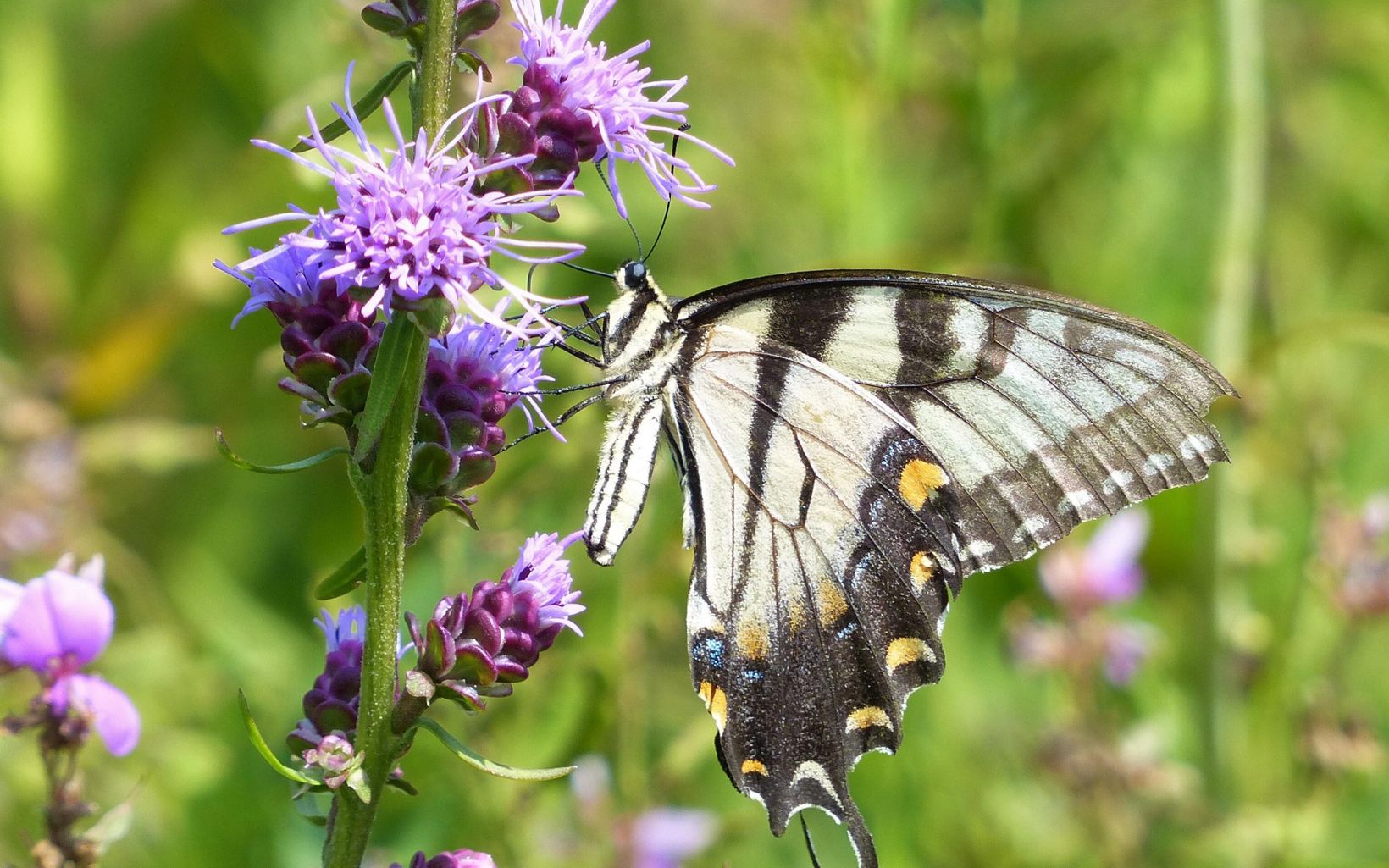
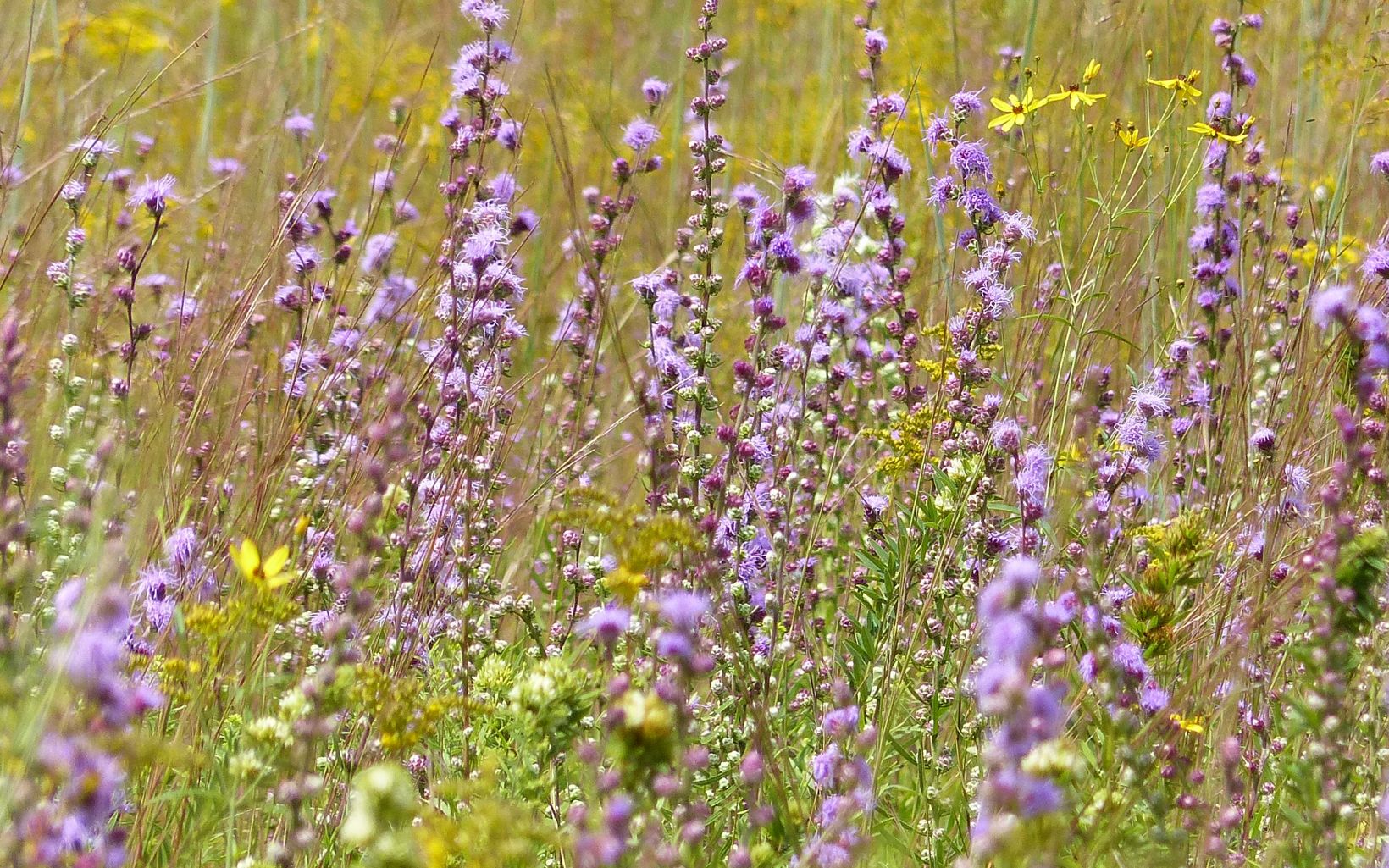
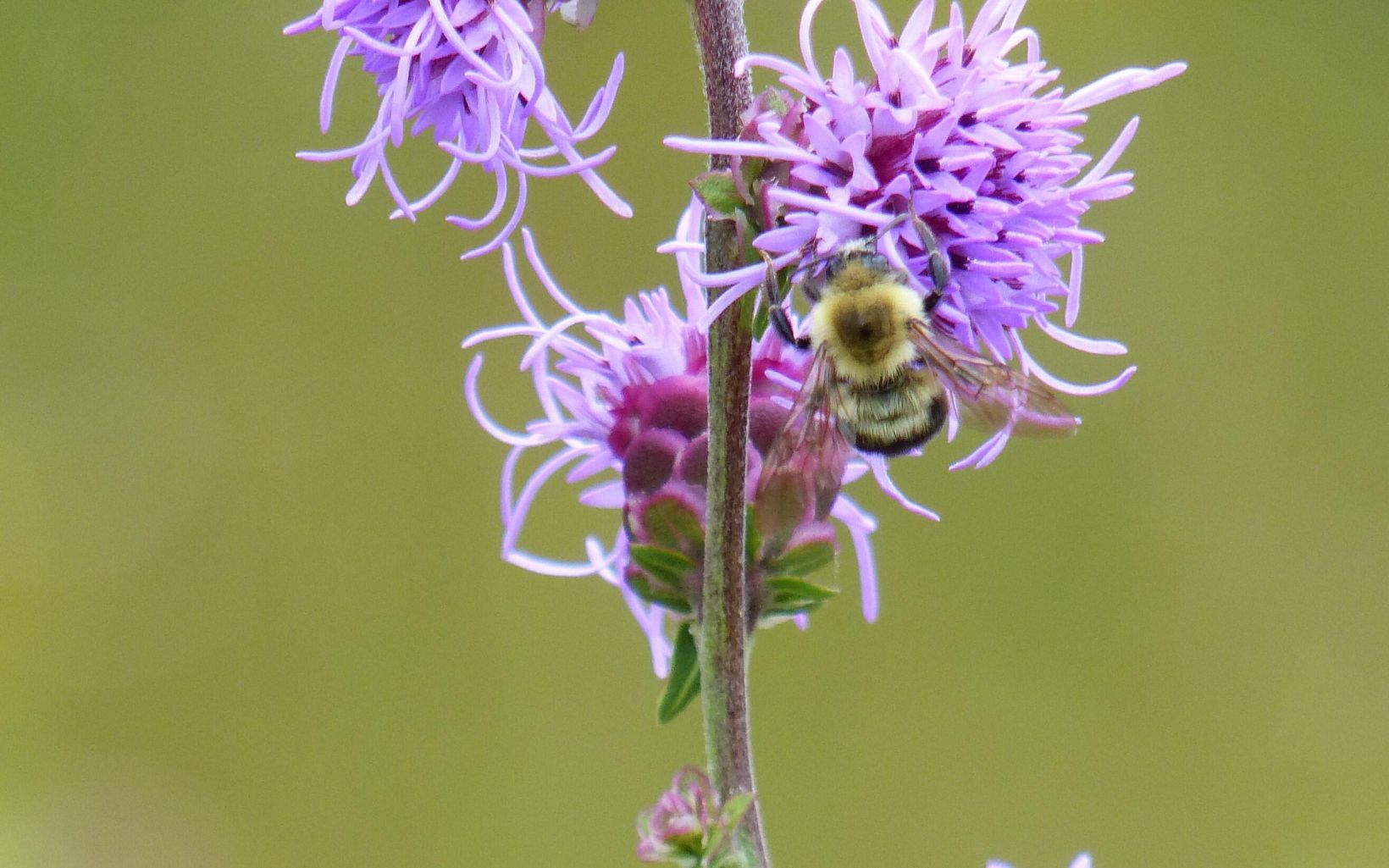



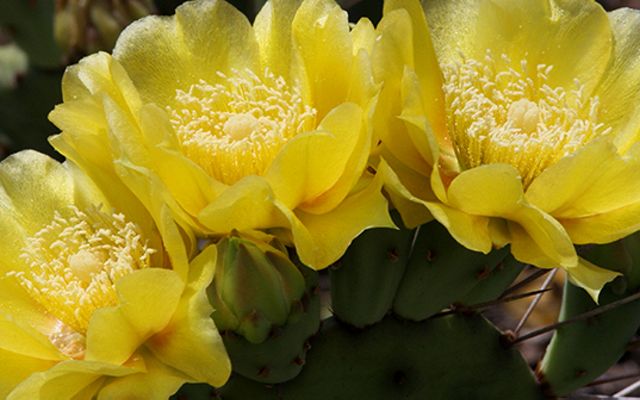
Conservation Organizations Join Forces
To learn more about how TNC is working collaboratively with local conservation organizations in northwest Ohio and southeast Michigan to protect the Oak Openings region, visit the Oak Openings Green Ribbon Initiative website.
Hine’s Emerald Dragonfly in Wisconsin
Once believed to be extinct, the Hine’s emerald dragonfly (Somatochlora hineana) has been a focal point of study in TNC’s Mink River Preserve in Door County, Wisconsin. In 1987, the dragonflies were rediscovered at the preserve, which now boasts the highest abundance of the species anywhere in the world. Today, in partnership with Dr. Dan Soluk, a biology professor at the University of South Dakota who is rearing Hine’s emerald dragonfly larvae for wild release, TNC is helping these insect predators make a comeback.
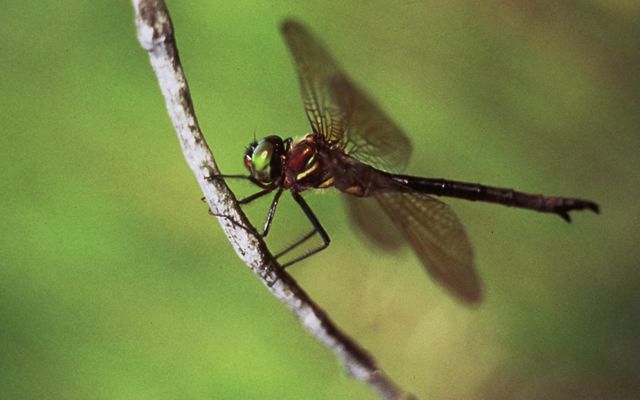
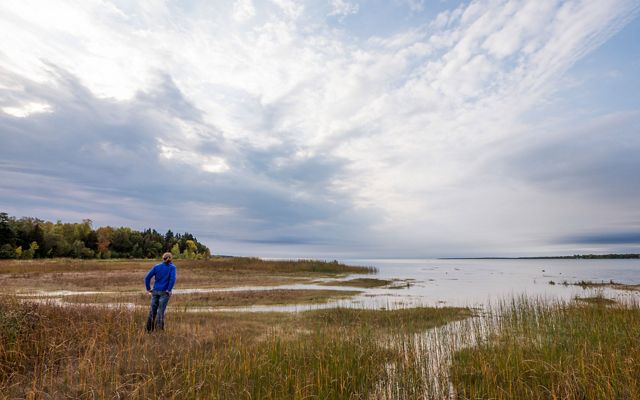
Dragonflies are aquatic in their larval stage and need healthy water systems to thrive. For the Hine’s emerald, groundwater-fed wetlands over dolomite or limestone bedrock present the best habitat as it offers the preferred alkaline water these dragonflies need in their larval stage. TNC is helping to restore and protect wetlands and the groundwaters that flow therein to help restore populations of the Hine’s emerald in Wisconsin. Like most of TNC’s conservation work, projects like this highlight the importance of collaboration across public and private landowners as well as the researchers who study the wildlife we protect.
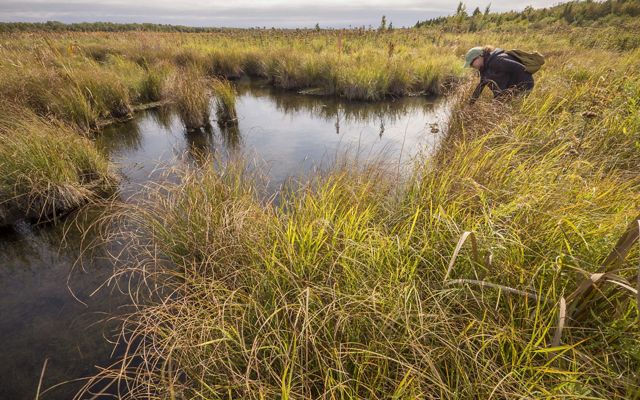
Explore More
To learn more about the Hine’s emerald dragonfly work in Wisconsin, visit the Rare Dragonfly Gets a Helping Hand story.
Looking Forward
Through scienced-informed management and conservation practices, The Nature Conservancy is working to create healthy habitats that support and grow biodiversity. While our conservation projects are often focused on restoring or protecting specific species of plants or wildlife, these efforts offer positive feedback loops by strengthening the resiliency of our landscapes for both humans and wildlife to thrive.
To learn more about insects and their importance, check out our Cool Green Science blog.
